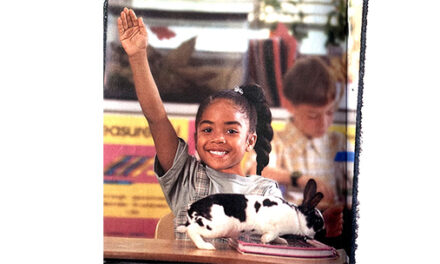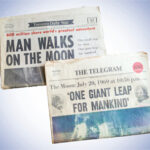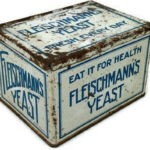


Three different Chrysler brands — Chrysler, DeSoto and Dodge – in three very similar advertisements but with clear differences in appeal

The snobbery in the Chrysler advertisement is palpable
“Decidedly ..we’ll drive a Chrysler,” she proclaims. “Yes, FRANK—that new Chrysler looks to me like our kind of automobile.”
And if you didn’t know who makes the decisions in that family, she says: “You see dear, I believe we should exercise as much care in the selection of our motor car as we do in choosing our home furnishings and clothes. Surely one, as much as the other, reflects good taste—and one’s position in life.”

The De Soto buyers may not be “upper-class” but they certainly are upper income
We learn they live in lovely homes out of town. To get home they “roll joyfully over the country-side…nip through crawling traffic…silently glide ’round crescent drive to stately home aglow with merry welcome…luxuriously relaxed in a car as modern as a penthouse…serenely aware of admiring eyes.”

Dodge buyers ideal 1939 “custom” car
comes with “NEW deep cushioned chair-height seats…gorgeous new upholstery…stunning new hardware…and the most beautiful instrument panel Dodge ever built make this new interior a “Leader in Luxury” in every sense of the word.”
The Dodge advertisement includes depictions —in words and illustrations—of technical features like the Handy control Gearshift, the Individual Action Front Springs, and Safety Signal Speedometer. The DeSoto boasts it has the same features as well as the new “Dual Power Transmission” and the “famous De Soto Floating Power engine.”
Chrysler doesn’t stoop to the common promotion of features. It quotes that snobby woman: “JANE and BOB drive a Chrysler—and they tell me they never have owned a motor car that makes its presence felt so much. Everywhere they go, someone is sure to remark…I see you drive a Chrysler!

Let’s comment upon these three advertisements for Chrysler automobiles. Let’s begin with the illustrations. They connote action. They are leaping off the pages. They are exciting. They are dramatic, giving the reader the sense that driving these automobiles will be extraordinary.
Were the images transferred from photographs? Pretty good photographer! These are not photographs; these are drawings. In 1939 it would have been very difficult, if not impossible to stage these automobiles for a photo shoot.
The wealth of detail is worth noting: the gleam of the chrome, the reflections in the hub caps; the depiction of movement. It took considerable artistic skill and talent to create these illustrations.
Were the contour lines of the illustrations transferred by tracing? Transferring images has been a technique used by artists to save time and ensure accuracy in representational art. Was that done using light tables or devices with mirrors to facilitate tracing?
Could there have been more than one artist? Probably not, since the illustrations are similar in artistic style, and the faces of the drivers, the admirers and the family members are not drawn with care. People are not the focus of these advertisements. These are just “people” – not particular people. They could be anyone. They could be the potential buyer.
The art department of every advertising agency would include artists who were specialists: the lettering artist, the figure or fashion artist, the general artists. Agencies who had particular clients—such as car companies, jewelers, food manufacturers—would employ artists who specialized in producing outstanding drawings of the clients’ products.
And the copywriting? The transcriptions above show that the copywriter used exactly the right words to distinguish one car from the other and to establish that each automobile has been produced for a different market. Specialized markets—Chrysler for the wealthy, De Soto for the upper middle class, Dodge for the upwardly mobile family.
The letterpress printing is excellent. The color registration is spot on. Color printing in 1939 was achieved with just four colors of ink—Magenta (a red), Cyan (a blue), Yellow and Black. Each illustration required four engraved zinc or copper plates—one for each color. The plates were prepared by filtering one or other of the colors in the illustration. These four engravings were locked on the printing press and inked with the desired color. The plates must be aligned exactly, otherwise the colors will bleed. Where blue and green meet “out of registration” the illustration will be green; where blue and red meet out of registration the colour will be purple. Orange will be the color when red and yellow are off kilter.
Special additional problems were posed for the printer because the illustrations are spread across double-page spreads—two adjoining pages. Those adjoining pages were not printed together as would happen when the double page spread is the centre-fold. The printer matched the pages so perfectly that the illustrations are in almost perfect registration.
And the copywriting? The transcriptions above show that the copywriter used exactly the right words to distinguish one car from the other and to establish that each automobile has been produced for a different specialized market.
(For more detail on automobile advertising: American Automobile Advertising, 1930–1980: An Illustrated History)










